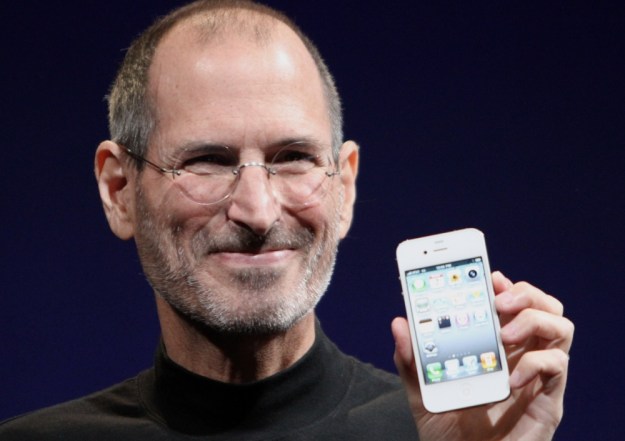 Apparently, back in the iPhone’s early planning days before the 2007 launch, Steve Jobs thought it might be a good idea to bypass wireless carriers like AT&T and create Apple’s own network. According to industry legend John Stanton, Jobs wanted to create a network using the unlicensed spectrum used by Wi-Fi.
Apparently, back in the iPhone’s early planning days before the 2007 launch, Steve Jobs thought it might be a good idea to bypass wireless carriers like AT&T and create Apple’s own network. According to industry legend John Stanton, Jobs wanted to create a network using the unlicensed spectrum used by Wi-Fi.
“He wanted to replace carriers,” Stanton said at the Monday Law Seminars International event in Seattle, according to IDG. “He and I spent a lot of time talking about whether synthetically you could create a carrier using Wi-Fi spectrum. That was part of his vision.”
Stanton, presently chairman at venture capital firm Trilogy Partners, has had a long history with wireless carriers. He was formerly the head of what later on became T-mobile; he was an early investor in the company responsible for the Sidekick and also Android; he was an early investor in RIM, and he was the first employee to work at AT&T’s early form, McCaw Cellular.
The wireless industry veteran says he spent much time with Jobs from 2005-2007. Jobs’ idea to replace these carriers completely was nixed in 2007 when the Apple founder just gave up on the idea.
Apple ended up signing a deal with AT&T, and recently broadened its U.S. carrier range to Verizon and Sprint. However, Stanton said that Apple’s iPhone had a big impact on how business was done with the carriers. Apple paved the way for other companies, such as Google with Android, to gain revenue from software and services which could have been captured by AT&T. Thanks to Jobs, carriers don’t backseat develop anymore, and must be satisfied with simply selling the devices.
“If I were a carrier, I’d be concerned about the dramatic shift in power that occurred,” Stanton said.
Editors' Recommendations
- iPhone SE deals: Refurbished 2nd and 3rd Gen iPhones
- Nomad’s new iPhone case and Apple Watch band may be its coolest yet
- iPhone 16: news, rumored price, release date, and more
- iPhone SE 4: news, rumored price, release date, and more
- 3 reasons why I’ll actually use Anker’s new iPhone power bank


